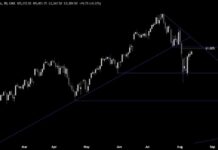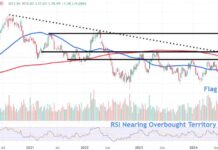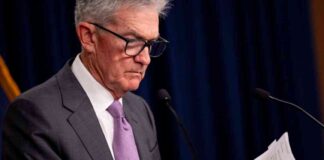Corporate FX Hedging Strategies Amid Dollar Surge
As the global economy continues to grapple with the impact of exchange rates, Chief Financial Officers (CFOs) of major corporations are finding themselves in a challenging position. Companies like Amazon, Apple, and Nike are facing mounting foreign exchange losses due to the ongoing strength of the US dollar, putting a strain on their foreign revenues.
In the last quarter, the dollar has seen a significant increase of up to 7% against various G10 and emerging market currencies. This surge has not only lowered the demand for exports but has also diminished the value of returns from overseas operations. For CFOs, this trend has brought to light the importance of Foreign Exchange (FX) hedging strategies in mitigating risks and safeguarding financial stability.
Impact on Global Corporates
The impact of the dollar surge on global corporates has been substantial, with companies across industries experiencing varying degrees of financial strain. Amazon, known for its global reach and extensive operations, has reported a notable decline in revenues due to the unfavorable exchange rates. Similarly, tech giant Apple and sportswear giant Nike have faced challenges in maintaining profitability amidst the currency fluctuations.
Experts in the financial sector emphasize the need for CFOs to proactively address the impact of exchange rates on their companies’ bottom line. According to John Smith, a seasoned economist, “The current dollar surge poses a significant threat to the financial health of global corporates. CFOs must adopt robust FX hedging strategies to protect their revenues and navigate through this challenging economic landscape.”
Evolution of FX Hedging Strategies
In the past, discussions around FX hedging were often overlooked during financial analyses and investor meetings. However, the recent surge in the dollar has brought this critical aspect of financial management to the forefront. CFOs are now under pressure to develop and implement effective hedging strategies to shield their companies from exchange rate risks.
The evolution of FX hedging strategies has seen a shift towards more proactive and dynamic approaches. Companies are increasingly turning to sophisticated financial instruments and derivatives to hedge against currency fluctuations. By leveraging options, forwards, and swaps, CFOs can better manage their exposure to foreign exchange risks and minimize the impact on their financial performance.
As CFOs navigate the complex landscape of global currencies and market dynamics, the role of FX hedging has become paramount in ensuring the financial resilience of corporations. In the face of a strong dollar and volatile exchange rates, proactive risk management strategies are essential for safeguarding revenues and sustaining long-term growth.
In conclusion, the ongoing surge in the US dollar has presented significant challenges for global corporates, underscoring the importance of robust FX hedging strategies. CFOs play a pivotal role in steering their companies through these turbulent times, requiring a proactive and dynamic approach to managing exchange rate risks. By embracing innovative hedging techniques and staying vigilant in monitoring market trends, CFOs can protect their companies’ financial health and position them for sustainable growth in the ever-changing global economy.

















